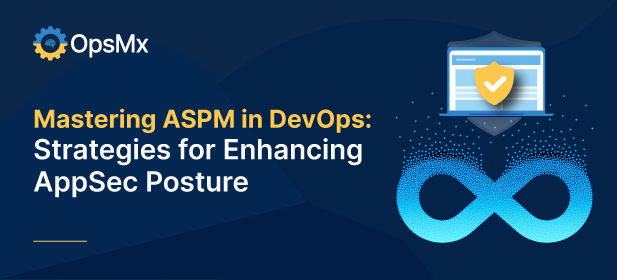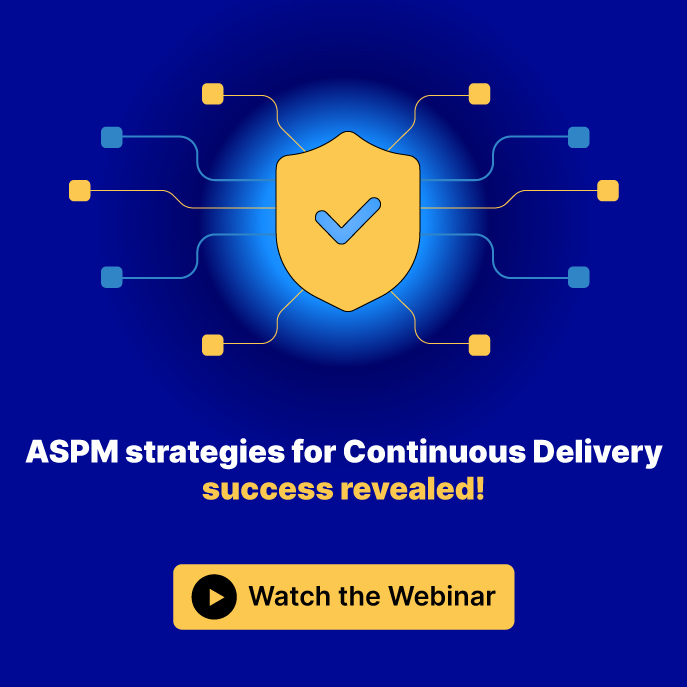In the rapidly evolving landscape of software development, ensuring the security and compliance of applications is paramount. DevOps and SRE engineers are constantly on the lookout for strategies and tools that can bolster their application security posture management (ASPM). The core of ASPM revolves around identifying vulnerabilities, adhering to compliance and regulatory requirements, enhancing the security posture, and managing risks effectively. It’s not merely about employing tools like Snyk or Black Duck for point-in-time scanning but about achieving a comprehensive view of the application’s security posture across its entire lifecycle.
ASPM tools are indispensable in navigating the complex terrain of software security, offering visibility into the security posture of both the application as a whole and its individual microservices. This visibility is crucial not just for meeting compliance standards like SOC 2 or ISO 27000 but also for fostering trust and reliability among users. A mature DevSecOps program, coupled with ASPM, provides a framework for operational transparency without imposing additional burdens on developers. This approach ensures early detection of vulnerabilities, allowing for timely remediation and avoiding last-minute deployment surprises.
Integrating ASPM into CI/CD pipelines requires a strategy that emphasizes continuous assessment, a shift-left approach to incorporate security early in the development process, and adherence to cloud-native security practices. By evaluating the full spectrum of security, from source code management to deployment environments, organizations can preemptively address potential vulnerabilities. Moreover, embracing cloud-native security and compliance as code ensures that security measures are not only automated but also ingrained in the development process.
For DevOps and SRE engineers seeking to enhance their application security posture, understanding and implementing ASPM is non-negotiable. By leveraging ASPM strategies, engineers can ensure their applications are secure, compliant, and trustworthy, thereby avoiding the pitfalls that lead to security breaches and loss of customer trust.
Dive deeper into ASPM strategies and learn how to seamlessly integrate these practices into your development lifecycle by watching our detailed YouTube video discussion. This video is tailored for DevOps and SRE engineers looking to bolster their security measures without compromising on efficiency. Watch the video now for a comprehensive exploration of ASPM strategies and their practical applications in modern software development.
About OpsMx
OpsMx is a leading innovator and thought leader in the Secure Continuous Delivery space. Leading technology companies such as Google, Cisco, Western Union, among others rely on OpsMx to ship better software faster.
OpsMx Secure CD is the industry’s first CI/CD solution designed for software supply chain security. With built-in compliance controls, automated security assessment, and policy enforcement, OpsMx Secure CD can help you deliver software quickly without sacrificing security.
OpsMx Deploy Shield adds DevSecOps to your existing CI/CD tools with application security orchestration, correlation, and posture management.


0 Comments